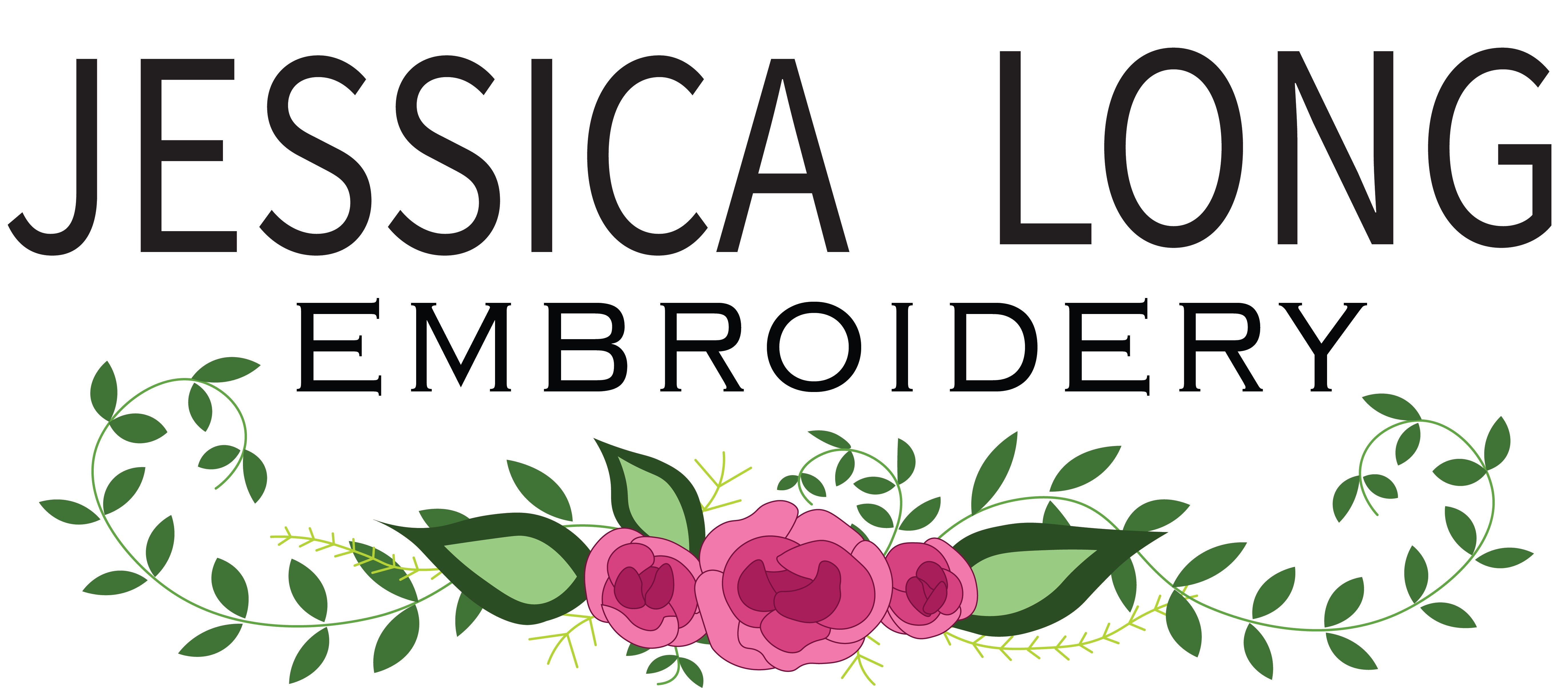Embroidery Card Deck
Thank you for your purchase of the Foundation Deck!
Background and stitch selection
This project was inspired in part by our annual online game of Embroidery Bingo. After hosting the last couple of years of bingo I had accumulated a catalogue of roughly 60 hand embroidery stitch tutorials. From this list I selected half for the Foundation Pack, leaving the rest for the future Expansion Pack.
There was some back and forth about what to include in this Foundation Pack. I wanted to include the basic building blocks for other stitches plus their simpler modifications. I also wanted to include some more challenging yet common stitches that I frequently use in my own designs. In the end, the Foundation Pack stitches are not necessarily easier than those in the Expansion Pack. Instead, they are the essential stitches I recommend mastering (or at least trying!) first.
Organization (stitch families, relative difficulty and stitch use)
The stitches are organized into nine stitch families. I made them up. You may find other ways to categorize these stitches that may make more sense to you. I tried to classify the stitches based on how they are made and how they relate to other stitches. Please note that I use a stabbing method rather than a sewing one when I make my stitches, so my diagrams, instruction and categorizations stem from that perspective.
Seven of the stitch families each branch from a single foundational stitch. The foundational stitch for each of these families is marked with a “0” for relative difficulty. These ratings are relative within a family. For example, the foundational stitch for the back stitch family is back stitch and it is rated “0.” Back stitch fill is marked as a “1” because it builds on the foundational stitch. You can’t fill a shape with back stitch if you don’t know how to do back stitch! Stem stitch is the foundational stitch for the stem stitch family. It also has a relative difficulty of “0” but it may be more difficult than a back stitch. So please remember that these difficulty ratings are within a family. If you are a beginner, I would suggest learning the foundational “0” card before moving on to the higher numbers within a family.
There are two additional families without foundational stitches. These families are not based on one stitch but are instead stitch method categories: knots and weaving. There are no cards rated “0” for these two categories. For example, an oyster stitch is a more difficult knot, so it will have a higher difficulty rating than a French knot, but a French knot is not the foundation for other knots.
Some stitches stumped me as I was trying to assign them to a family. Would whipped back stitch be a part of the back stitch family or the weaving family? Is fern stitch made of straight stitches or back stitches? The woven wheel rose is made of straight stitches and weaving, so which family should it be in? Sometimes there was no perfect answer, so I had to use my best judgment.
In addition to noting stitch family and relative difficulty, I tried to share my favorite use for each stitch. I came up with three general classifications: Flowers; leaves; and the lines & vines group. Many of the foundational stitches are linear and therefore perfect for the third group. But, of course, you could use any of them to outline a flower or leaf shape, so these are not strict classifications. Similarly, any fill stitch can fill a shape, be it flower-, leaf- or elephant-shaped. I used different colors of Lecien’s Seasons* variegated embroidery floss to highlight these distinctions in the photographed stitch samples. I used number 5002 (pinks) for flowers, 8024 (dark greens) for leaves and 8019 (yellows and light greens) for vines. I used 6 strands of thread for the embroidery work unless otherwise stated on the card.
I hope these organizational methods make sense and help you better understand each stitch and its relationships with other stitches. I hope they also encourage you to try using new stitches in your work or to try using stitches in new ways. And, finally, I hope you find ways to break the classifications, finding new relationships and uses for these hand embroidery stitches.
Ways to use the deck
- Stitcher’s block. Are you stuck using the same old stitches and need some inspiration? Shuffle the deck and let fate decide which stitch to use.
- Stitcher’s challenge. Shuffle the deck and pull 5 cards. Use only these five stitches in your next project.
- Stitcher’s reference. Grab the cards needed for your next project and keep them with your work in progress in case you need a refresher on any of the stitches.
- Self-paced learning: New to hand embroidery? Start with your “0” cards and move through the deck at your own pace. A simple way to slowly expand your horizons through the huge library of embroidery stitches in the world.
- Embroidery Bingo: Enjoy a private round of hand embroidery bingo by yourself or with your embroidery friends. Feel free to use the bingo templates from previous online rounds here.
- Deep dive: Spread the cards out on the kitchen table and look for relationships. Maybe pile them by difficulty or lay them out as a big family tree. Or perhaps organize by stitches you’ve tried, stitches you want to try, and stitches you plan to avoid at all costs.
- What else? Tag #JLECards on Instagram and share how you are using your deck!
* I sell Lecien's Seasons embroidery thread by the skein in my Etsy shop. Use (https://www.etsy.com/listing/804916534/) for the 5000s series and (https://www.etsy.com/listing/1216962608/) for the 8000s series.
